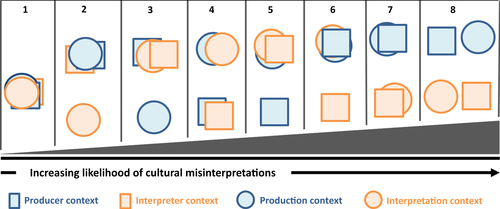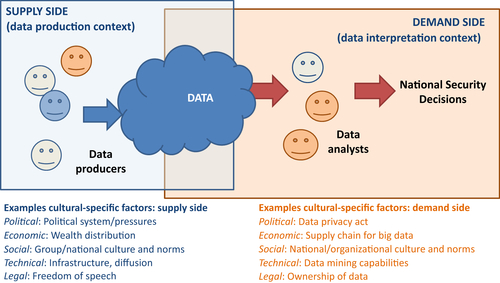Accounting for Cultural Influences in Big Data Analytics
Abstract
Questions of national security are typically internationally oriented. This implies that Big Datasets often contain traces from multiple cultural contexts, but also that the cultural contexts of data production and interpretation may differ. We argue that this multicultural element produces specific complexities for Big Data analytics. In this chapter we outline the challenges of the cultural dependence of Big Data analytics for the validity of interpretations and national security decisions. In this analysis we differentiate between the supply side and the demand side of Big Data. The former refers to the production of Big Data (e.g., by Internet users) and the latter to the collection and interpretation of traces to support decisions. We discuss six forms of cultural (in)equality and their impact on Big Data characteristics, including volume, variety, velocity, and validity (or veracity), as well as the potential consequences of mismatches between production/producer and interpretation/interpreter contexts. We close with some recommendations for the consideration of cultural dependence in Big Data analytics.
Keywords
Big data interpretation; Context mismatches; Cultural dependence; Cultural equivalence; Data validityIntroduction
Considerations from Cross-Cultural Psychology for Big Data Analytics
Cultural Dependence in the Supply and Demand Sides of Big Data Analytics
Cultural Dependence on the Supply Side (Data Creation)
Sample equivalence
Data collection equivalence
Measure equivalence
Cultural Dependence on the Demand Side (Data Interpretation)
Conceptual equivalence
Functional equivalence
Translation equivalence
(Mis)Matches among Producer, Production, Interpreter, and Interpretation Contexts


